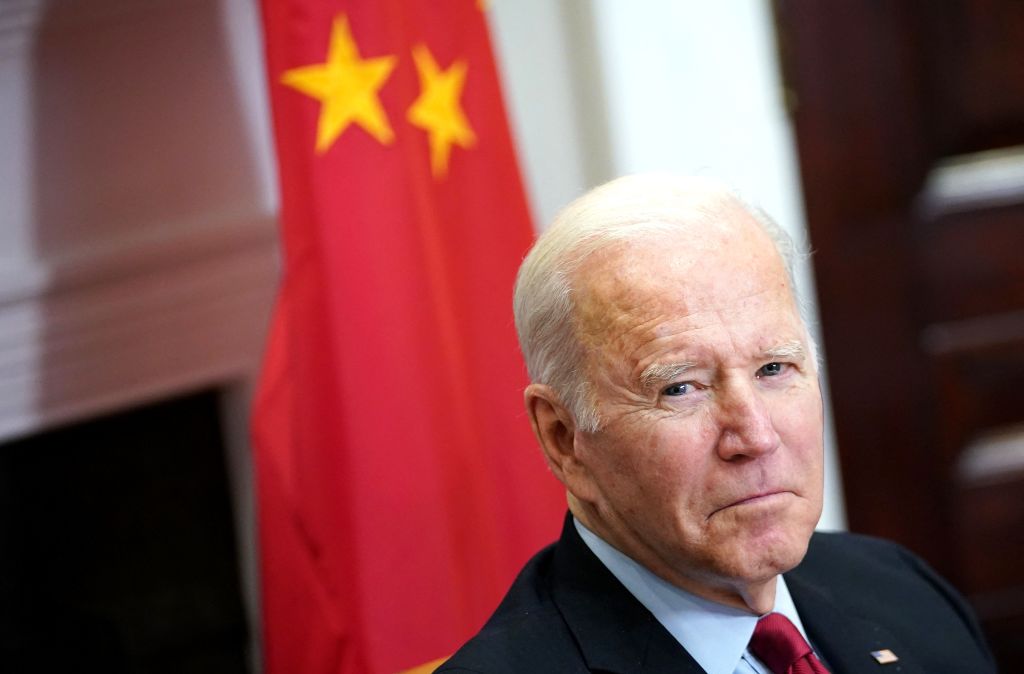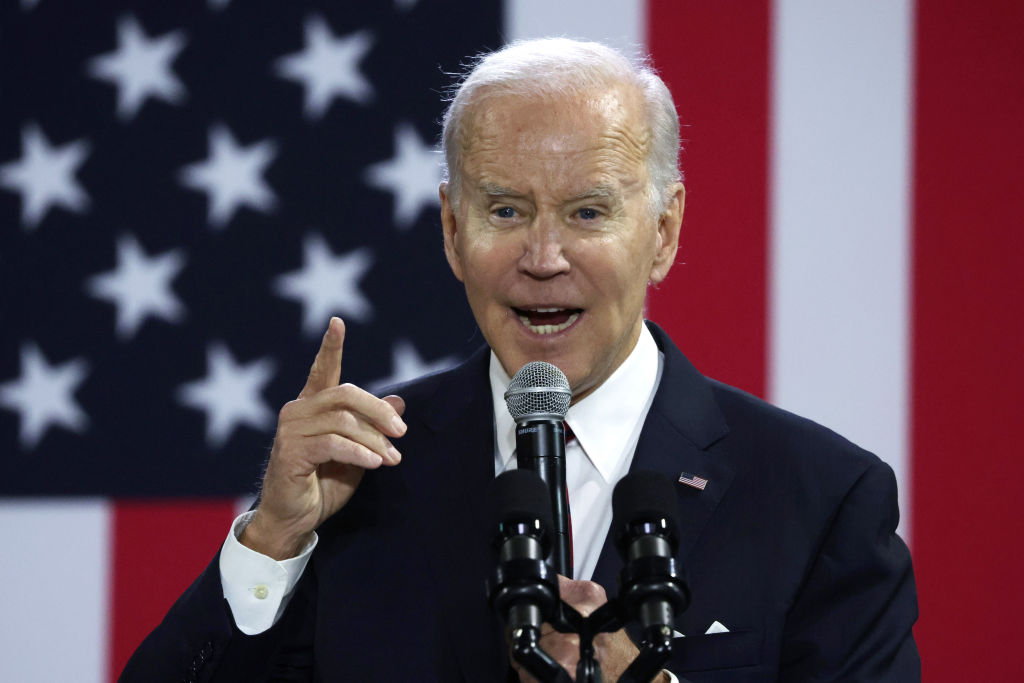The Second October War should wake America up to crucial geopolitical realities.
Coining Trillion Dollar Pieces

Zimbabwe-style monetary policy comes to the U.S. Mint.
Amid the standoff between congressional Republicans and Democrats over whether to raise the national debt ceiling, and the Biden Administration’s refusal to agree to Republican demands for spending limitations as a condition of increasing the debt, some “top [Democratic] economic policymakers,” according to the New York Times, have come up with a magical plan that would “make the whole problem go away.” The solution is to have the federal government issue a new $1 trillion platinum coin with which to pay off its deficit, and more. While Treasury Secretary Janet Yellen has dismissed the idea as a “gimmick,” it still “has its fair share of supporters.”
According to proponents, Yellen could use her authority to direct the U.S. Mint to produce a platinum coin valued at $1 trillion, or any other denomination, and deposit it with the Federal Reserve. This would supposedly enable the government “to draw on the funds as needed and continue paying its bills until a deal [on raising the deficit limit] was reached or until the $1 trillion was spent and another coin must be minted.”
Those who followed the Democrats’ previous economic deliberations will recognize in the trillion-dollar-coin proposal simply another version of “Modern Monetary Theory,” advanced by left-leaning economists, which holds that there need be no limit to the federal budget deficit, since it consists largely of debt that Americans “owe to themselves” (i.e., own in the form of bonds), and that central banks’ only restraint on the creation of money is their own needless scruples. If the government could simply mint new coins to cover any approaching deficit ceilings, the effect would be the same: no-limit federal spending without a congressional majority’s even having the power to constrain it.
While some supporters of the trillion-dollar-coin proposal, such as Willamette University law professor Rohan Grey, acknowledge that the move might lower America’s international credit rating, make the bond markets “jittery,” and be subject to constitutional challenge, Grey responds that at least the prospect of the coin would save the country from a “catastrophic cliff,” that is, a default on the debt.
But in making such a proposal, advocates of the coin make a fatal error: confusing “money” with “wealth.” This error was explained as far back as 1748 by the great French liberal political philosopher (and advocate of commercial republicanism) Montesquieu, in Book 21 of The Spirit of the Laws. In chapter 22 of that book, “On the Wealth that Spain Drew from America,” he explains how Spain impoverished herself, and ultimately undermined her national power, as the direct result of the seeming “wealth” she drew, in the form of gold, from the mines of South America. What the Spanish failed to understand is that gold (aside from its use in jewelry or decoration or, nowadays, in industry or dentistry) has no intrinsic value but, like any form of money such as cash, bonds, or giant rocks, is merely a store of value, used for purposes of exchanging goods and services.
Given gold’s lack of inherent value (though all countries do hold it as a hedge against the instability of fiat money) all that its accumulation by the Spanish did was to increase the nation’s money supply, not its real wealth. Having more gold didn’t facilitate or encourage agricultural production, the construction of new buildings, or the supply of everyday items like clothing, furnishings, or tools—let alone investment in new productive machinery. Instead, its only economic effect was to increase inflation, thanks to more money chasing the same amount of goods that already existed. Inflation, as we know, discourages both saving and investment (since it makes it likelier that the value of one’s savings will decrease), along with labor (the rewards of which will only decline). The result, in the case of the Spanish, was a kind of poetic justice: the ultimate reward of Spanish greed was the decline of a formerly great European power.
The Spanish error has been repeated many times over, in different forms. The recurrent proposal of a “universal basic income” (advanced, for instance, by one of the seekers of the 2020 Democratic presidential nomination, Andrew Yang), would do nothing to combat poverty, but rather the opposite: by discouraging people from working (thanks to the income government provided them in return for not working), it would deter them from ever acquiring the habits of industry and thrift that are needed to make one self-supporting.
The advocates of the trillion-dollar coin have clearly given no thought to these consequences—unless, driven by their hatred of bourgeois habits, they dream of a Marxian paradise where economic goods will come forth magically, without the need of labor or savings. Minting trillion-dollar coins to keep spending money will lead America down the route to failure that the Spanish Empire traveled. Confusing the signs of wealth for real economic value has destroyed many great societies.
The rest of us, meanwhile, must hope that President Biden, his advisers, and Democratic congressional leaders will come to their senses, resist the temptation to pander to their far-left supporters, agree to reasonable proposals for spending limits as a condition for raising the deficit ceiling (one wishes, for the last time), and then join their Republican counterparts in planning to restore their country’s long-term fiscal health, and therefore the prosperity of all.
The American Mind presents a range of perspectives. Views are writers’ own and do not necessarily represent those of The Claremont Institute.
The American Mind is a publication of the Claremont Institute, a non-profit 501(c)(3) organization, dedicated to restoring the principles of the American Founding to their rightful, preeminent authority in our national life. Interested in supporting our work? Gifts to the Claremont Institute are tax-deductible.
The administration threatens to use U.S. power globally to advance its progressive agenda.
The Biden Administration sets tough new trade policies against Beijing, but is it too little, too late?
Like a parody disaster movie, but real.
A Texas court puts the brakes on an astounding executive branch power grab.
The administration routinely disregards the Constitution, federal statutes, and republican norms.






